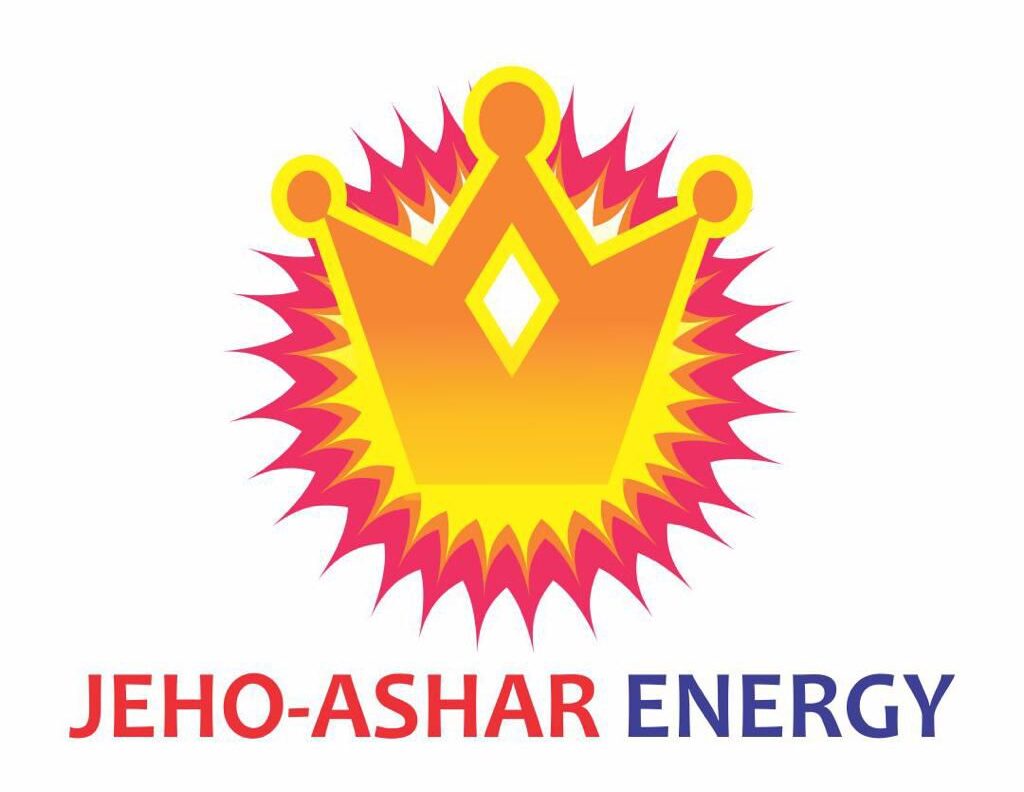🚜 The Core Challenge: Land Competition
As solar energy projects scale up, so does the demand for land. Large solar farms often require multiple acres of open, flat terrain—exactly the kind of land also prized for agriculture, housing, and conservation. This creates growing land use conflicts:
- Farmers worry about losing fertile cropland to solar farms.
- Communities may object to solar installations replacing green space or pasture.
- Governments must balance food security, energy expansion, and environmental goals.
This is especially relevant in developing countries like Nigeria and others in Africa, where:
- Arable land is limited.
- Food security is a national priority.
- Urbanization is expanding rapidly.
As land becomes a contested resource, solar companies must find innovative ways to coexist with other land needs.
🌿 The Solution: Agrivoltaics
Agrivoltaics—also called agro-photovoltaics—is the practice of combining solar energy production with agriculture on the same land.
Instead of displacing crops, solar panels are:
- Raised to allow sunlight and farming equipment beneath.
- Spaced or angled to allow partial sunlight to reach plants.
- Positioned to shade sensitive crops, reduce water evaporation, or shelter livestock.
This dual-use model can maximize land productivity, creating both food and energy from a single parcel.
📊 Proven Benefits of Agrivoltaics
- Increased Land Efficiency: Generate kilowatts and kilograms per hectare.
- Improved Crop Resilience: Shade reduces heat stress on crops like tomatoes, lettuce, or spinach.
- Higher Farmer Income: Landowners earn from crops and lease or co-own the solar installation.
- Reduced Soil Evaporation: Panels offer shade that retains soil moisture.
💡 Case Example: In Japan, agrivoltaic systems produce vegetables and solar power simultaneously. In France, vineyards use solar panels as sunshades for grapes.
🎯 Jeho Ashar Energy’s Advantage: Leading the Agrivoltaic Transition
✅ 1. Dual-Benefit System Design
Jeho Ashar Energy can position itself as a pioneer in Nigeria and West Africa by offering agrivoltaic system designs:
- Collaborate with agronomists and local farmers to assess crop compatibility.
- Customize panel height, tilt, and spacing for maximum agricultural output.
- Design irrigation-friendly layouts and access paths for machinery.
🛠 Technical Edge: Very few solar companies currently integrate agricultural planning into their engineering—Jeho Ashar can lead here.
✅ 2. Rural Development Partnerships
Target agrivoltaic projects for:
- Rural cooperatives seeking both energy and food security.
- Government-backed agricultural zones needing climate-smart technology.
- NGO and donor-funded projects focused on sustainable development.
🌱 Branding Benefit: Jeho Ashar becomes known not just as a solar company, but as a partner in rural innovation.
✅ 3. Training & Empowerment for Farmers
Offer educational programs to:
- Train farmers on maintaining agrivoltaic systems.
- Teach them how to optimize crop selection and yields under solar arrays.
- Involve local communities in construction and maintenance for job creation.
🤝 Social Impact: Builds strong local goodwill, supports economic inclusion, and aligns with SDG goals.
✅ 4. Marketing Agrivoltaics as a Climate-Smart Investment
Agrivoltaics aligns with major themes:
- Sustainability
- Climate adaptation
- Efficient land use
Jeho Ashar can pitch this to environmentally conscious investors, institutions, and governments looking to support low-carbon, high-impact development.
💰 Opportunity: Access green finance, climate adaptation funds, and land-leasing partnerships for dual-use developments.
🧭 Strategic Actions Jeho Ashar Could Take
- Pilot a Demonstration Project — Partner with a farmer or agricultural school to showcase agrivoltaics in action.
- Develop a Branded Agrivoltaic Package — Offer a product line specifically tailored for agricultural customers.
- Seek Grants or Impact Investors — Agrivoltaic innovation is eligible for global sustainability and climate-tech funding.
- Create Awareness Materials — Explain agrivoltaics to both landowners and potential investors via infographics, videos, or webinars.
📌 Final Thought
In an era of rising land competition and climate pressure, agrivoltaics represents a win-win model for energy providers, farmers, and communities. Jeho Ashar Energy can stand out by adopting this innovative approach—not only installing solar panels but planting seeds for a more integrated and sustainable future.



